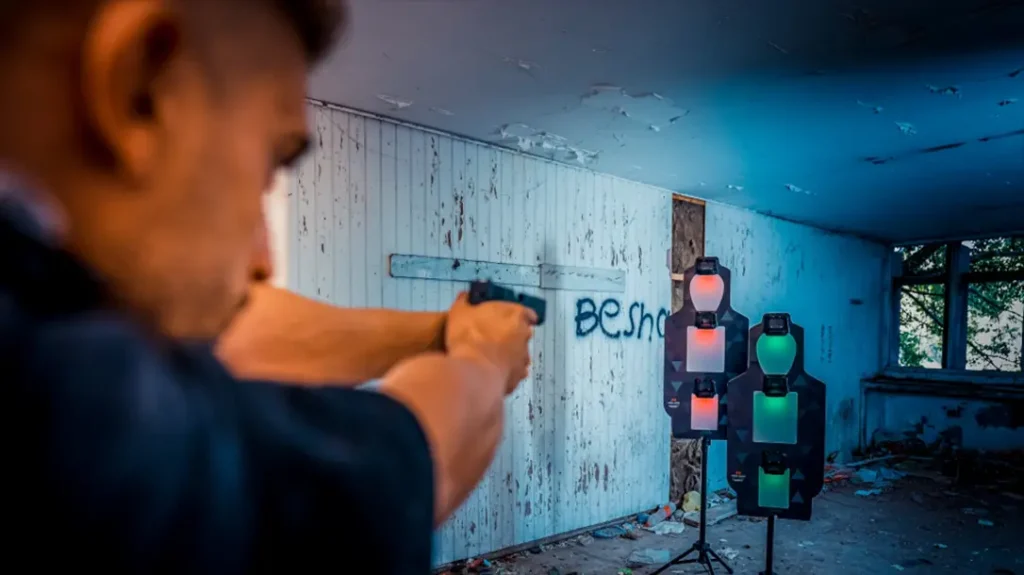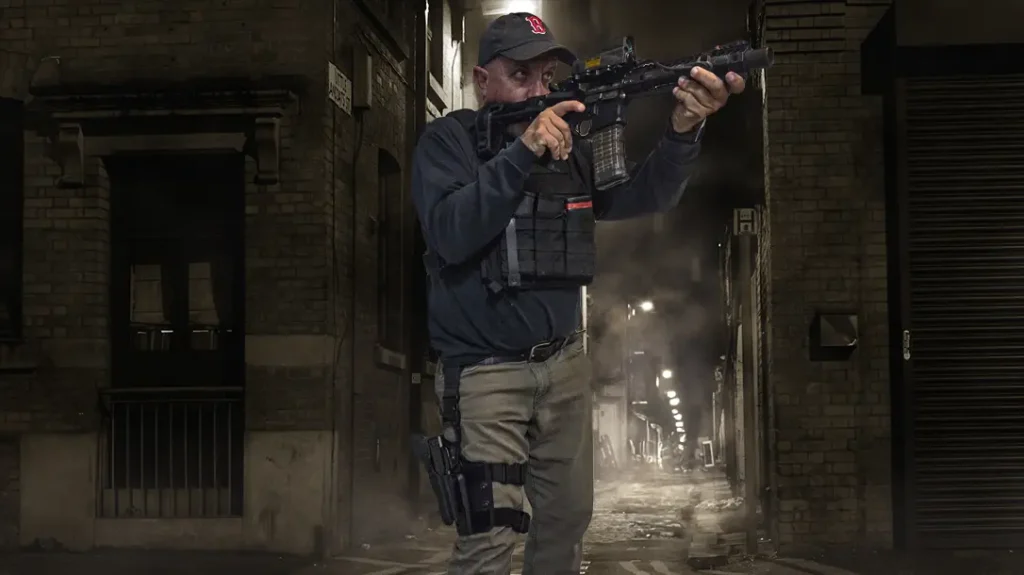The following is a release from Lance Cpl. Jenna Loofe and the U.S. Marine Corps:
Marines patrol the path led by military working dogs, trained to detect improvised explosive devices using scent bags that contain partial ingredients used in making IEDs. The dogs detect danger areas and the handlers halt the patrol before Marines enter the danger zone. Saber, a black lab, notifies his handler of explosive materials by lying flat in the grass alongside the device, and the patrol is halted.
The following scenarios found four Marines casualties of multiple IED explosions and machine gun fire. The Marines and the dogs reacted to the blasts, while suppressing fire and moving the wounded to a safe location.
Advertisement — Continue Reading Below
These scenarios are a portion of counter improvised explosive device training the Marines of Military Working Dog Platoon, 1st Law Enforcement Battalion and Assault Breacher Vehicle Platoon, Alpha Company, 1st Combat Engineers Battalion, participated in during C-IED Training along with aboard Camp Pendleton, California, March 10, 2015.
Military working dogs train to detect explosive materials and inform their handler of hazardous materials by lying down on the ground when explosive materials are present. The dogs spend three years in training before they are ready to come to the fleet and the dogs continuously train with their handlers.
“The training we did today was a C-IED course, we moved as a patrol element, and I led as point man with my dog, Saber,” said Lance Cpl. Rosendo Madrigal MWD platoon, 1st LEB, military working dog handler. “I was searching ahead of the patrol just so we could have that distance just in case Saber responds to an IED. He could be a good 50 to 100 meters in front of me, and I can halt the patrol and let them know that there is something dangerous up ahead.”
Advertisement — Continue Reading Below
Military working dogs make Marines feel more confident in their position and in the platoon as a whole.
“Military working dogs provide the whole intimidation factor,” said Lance Cpl. David Wadleigh MWD platoon, 1st LEB, military working dog handler. “The Marines feel more secure knowing the dog searched the area, we feel a lot more comfortable having the dog sweep through things that are potentially dangerous.”
The training today specifically targeted the handlers’ response to an IED blast and understanding how the dogs would react in this situation.
Advertisement — Continue Reading Below
“I learned with my own dog that when it comes to an IED actually going off, or say we take gunfire, I would drop to the deck immediately, recall him and get a muzzle on him because he does not like loud explosions,” said Wadleigh.
Saber tends not to be aggressive and doesn’t do bite work, he specifically searches for explosive materials and notifies his handler of any imminent danger.
“Saber is a specialized search dog, he has different capabilities than the other dogs,” said Madrigal. “He’s an explosive detection dog he works on and off the leash, but I primarily work him off of the leash so I can push him off a great distance, and he can help us to find IEDs and keep us at a safe distance.”
Advertisement — Continue Reading Below
This training allowed the handlers to see how their dogs would react when the blast went off, it also allowed the dogs to respond to their handler’s reactions.
“I felt like this was good learning, but like with any other training we need work and it shows what we need to work on,” said Madrigal. “Keep your head on a swivel because you have to think like the enemy, you never know where they are going to place an IED and they’re constantly evolving with their tactics.”
























